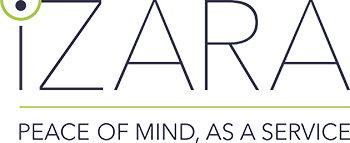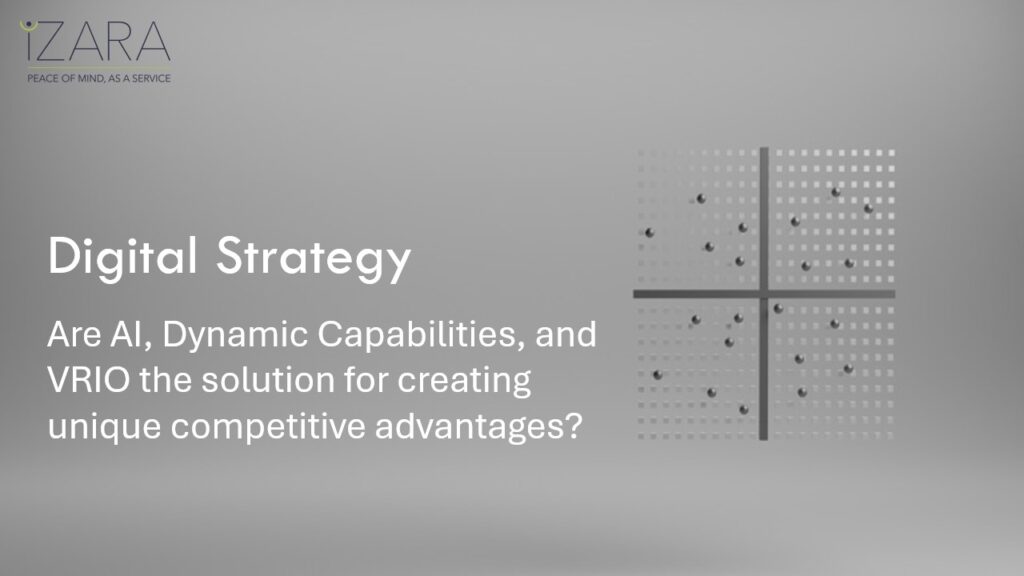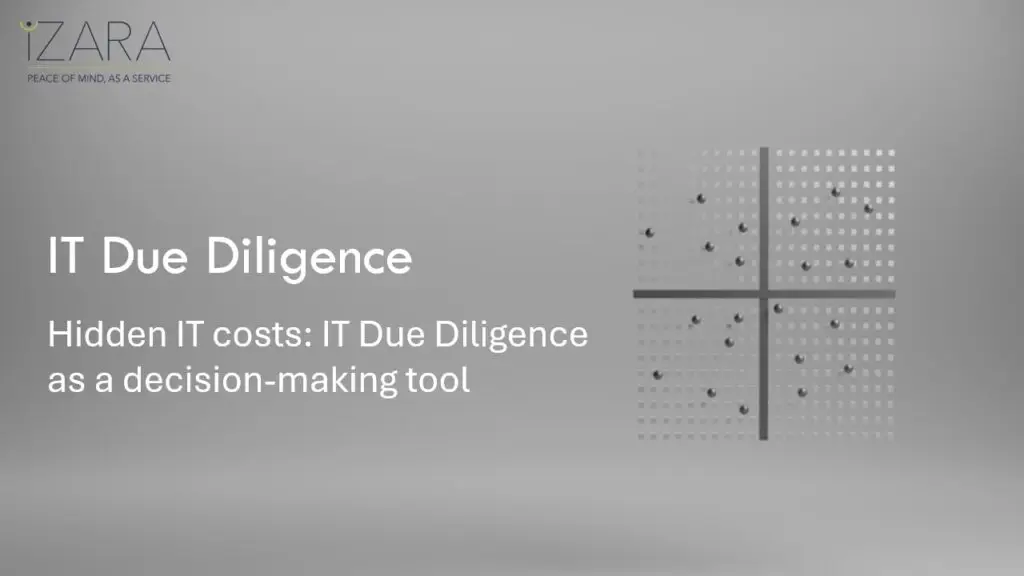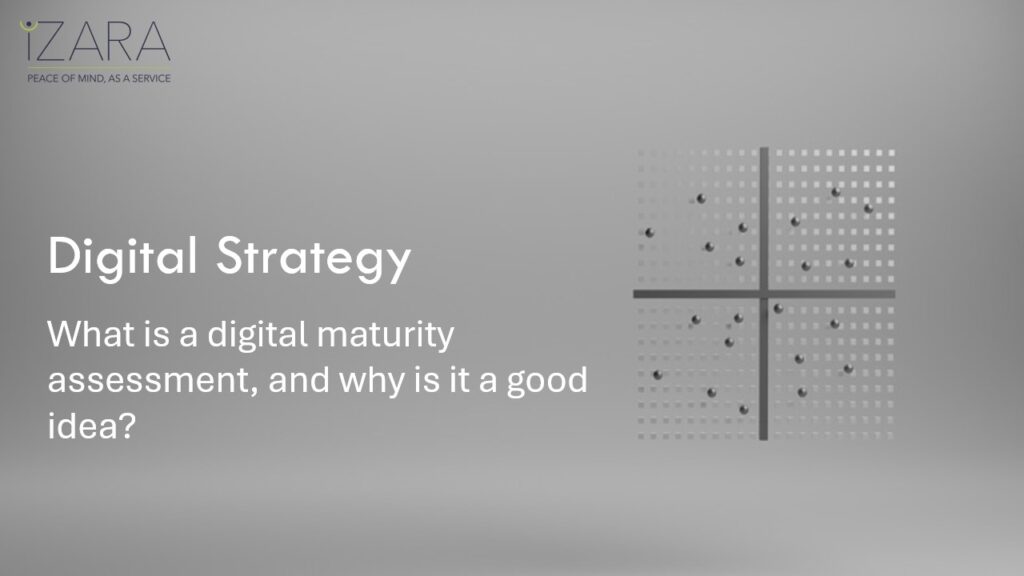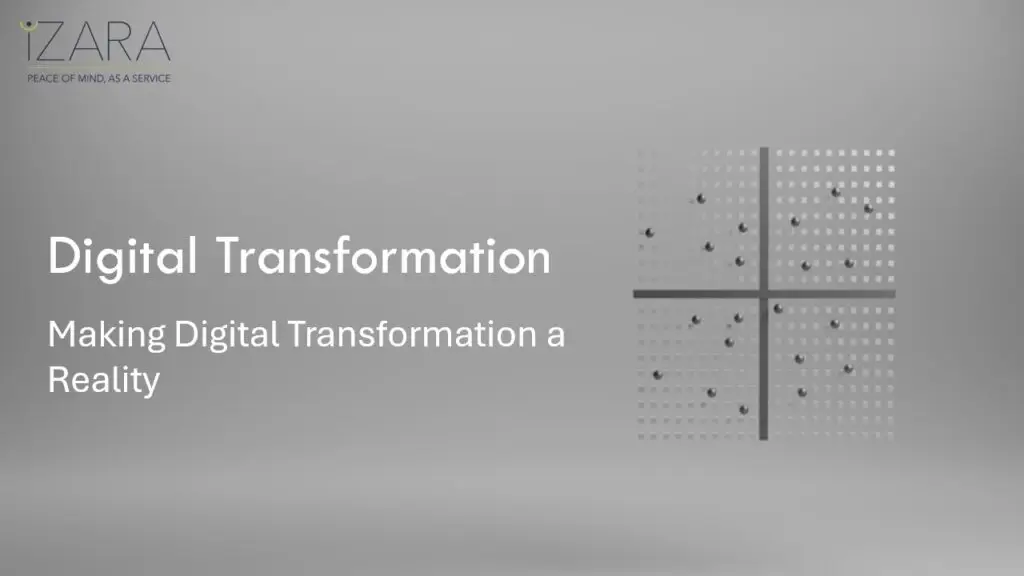In a world marked by rapid technological advancement, globalization, and constantly shifting market dynamics, whether sustainable competitive advantages still exist is more relevant than ever. While some argue that maintaining such advantages has become increasingly difficult—especially over time—there are still conditions under which they can exist.
For most traditional businesses, building lasting competitive advantages is almost impossible. However, it’s not impossible to develop the ability to create a continuous stream of temporary advantages, which together form a sustainable competitive edge. This isn’t based on proprietary technology or patented products but on a unique business model and an organization’s ability to build, maintain, and evolve unique resources and capabilities.
This is good news for Danish companies. Our management model and flat organizational structure are well-suited for this transformative journey. When combined with emerging transformative technologies like Artificial Intelligence (AI), which can enhance our ability to sense and seize opportunities, the opportunities to continuously generate temporary advantages are significant.
The foundation exists: the technologies exist, and the management and organizational model is ready. The task now is to connect these factors with a revision of the business model and the identification of unique internal resources and capabilities. Let’s explore how to approach this challenge.
Technological development: the primary driver
Technological advancements enable new players to enter markets and capture share from established ones with innovative products and services. Classic examples like Netflix and Uber often come to mind, but what about more traditional companies? Can they also transform their business models, strengthen innovation, develop new capabilities, and adjust their organizational structures to enhance existing competitive advantages while creating new ones? For instance, a traditional manufacturing company can use AI to optimize its production process, thereby creating a new capability that is valuable, rare, and difficult to imitate. That’s the question this article seeks to address. The answer isn’t straightforward, but there is a method.
Innovation is the answer—but how?
Globalization has increased competition across borders, making it harder for companies to maintain a unique position in the market. With easier market access and more options for customers, businesses must constantly innovate and adapt to preserve their competitive edge.
One theory gaining attention is the concept of Dynamic Capabilities. This framework emphasizes a company’s ability to adapt, integrate, and reconfigure internal and external competencies to respond swiftly to changing market conditions. Companies that (slowly but steadily) build Dynamic Capabilities are better equipped to maintain competitive advantages over time.
The role of resource-based advantages
When competitive advantages are fleeting, many find it daunting to sustain them. Yet, global companies like Apple have demonstrated how unique resources and capabilities can lead to lasting success. Often, this success combines a strong brand, a unique business model, and a robust ecosystem. As a loyal Apple user, I can personally attest to the ecosystem’s pull and gladly pay the premium to remain part of it.
Resources that are difficult to imitate and well-organized can create longer-term advantages. We’ll explore this concept further, but first, let’s examine Dynamic Capabilities.
Dynamic Capabilities: the strong catalyst
Introduced in 1997, Dynamic Capabilities refer to an organization’s ability to integrate, build, and reconfigure internal and external competencies to adapt to market changes. This term has become a staple in consultancy vocabulary, though sometimes without fully understanding its principles.
Building Dynamic Capabilities requires the proper organizational structure and leadership system. The focus, therefore, is on changing culture, processes, and routines based on three primary organizational abilities:
- Sensing: Identifying and assessing new opportunities and market threats. Building relationships with partners, research institutions, and customers to gather relevant insights.
- Seizing: Making quick, effective decisions based on data and analysis. Allocating resources to capitalize on opportunities and respond to threats.
- Transforming: Reorganizing resources and capabilities to sustain innovation and long-term growth. Implementing learning systems that foster continuous improvement.
Implementing Dynamic Capabilities is not straightforward
Once leadership understands the strategic significance and implications of Dynamic Capabilities, the real challenge begins: designing and implementing the necessary actions to embark on this transformative journey. The challenge lies in translating inspiring words like “innovation,” “agility,” “technology,“ and “leadership“ into specific actions that align with the organization’s current position, resources, and market stance. Building a culture of innovation, implementing flexible structures and processes, developing leadership skills, and investing in technology are not just tasks but the keys to our future success.
Perhaps the VRIO model is the solution
Dynamic Capabilities and the VRIO model are essential concepts in strategic management, and integrating them provides a comprehensive approach to achieving and sustaining competitive advantages.
VRIO stands for Valuable, Rare, Imitable, and Organized—four factors used to evaluate resources and capabilities. This framework is a staple in executive MBA programs, such as Copenhagen Business School, where I contribute as a strategy advisor.
Resources and capabilities that meet these criteria can contribute to competitive advantages. While VRIO focuses on evaluating existing resources, Dynamic Capabilities emphasize the need for adaptability and renewal.
Integrating VRIO and Dynamic Capabilities
To maximize the impact of both frameworks, companies can integrate them using the following steps:
Sensing:
- VRIO: Continuously evaluate which resources and capabilities are valuable and rare in the current market.
- Dynamic Capabilities: Monitor market trends, emerging technologies, and competitors’ strategies to identify potential new resources and capabilities that meet VRIO criteria.
Seizing:
- VRIO: When opportunities are identified, use the VRIO framework to assess how existing resources can be utilized or whether they need to be developed or acquired.
- Dynamic Capabilities: Allocate resources and implement action plans to capitalize on these opportunities. This may involve investing in technology, talent, or partnerships aligned with VRIO criteria.
Transforming:
- VRIO: Regularly reassess organizational resources and capabilities to ensure they remain valuable, rare, difficult to imitate, and well-organized in response to new market dynamics.
- Dynamic Capabilities: Adjust structures, processes, and cultures to support new or enhanced resources and capabilities. This could include organizational changes, new business models, or improved processes.
Let’s talk about the practicality
For Danish organizations with busy schedules and limited resources, finding a practical, hands-on approach to combining VRIO and Dynamic Capabilities is essential. Here’s a step-by-step guide to operationalizing this integration:
Step 1: Initial analysis and awareness
- Internal Workshop: Conduct a workshop with leadership and key employees to introduce the VRIO model and Dynamic Capabilities. Discuss the organization’s current strategic position and identify key resources and capabilities. Evaluate each resource against the VRIO criteria (Valuable, Rare, Imitable, Organized).
Step 2: Building Dynamic Capabilities
- Sensing: Implement a system for continuous market research and competitor monitoring. This may include regular meetings to review market data, discuss trends, and evaluate emerging technologies. Build a network of external partners, customers, and suppliers to gain insights and feedback.
- Seizing: Establish a decision-making process that enables quick responses to opportunities and threats. Consider forming a cross-functional task force with leadership backing to allocate resources and act swiftly. Allocate part of the budget to innovation projects.
- Transforming: Ensure the organization and leadership systems are flexible and adaptable. This may require changes in structures and processes to reduce bureaucracy and foster rapid experimentation. Develop a learning culture to encourage continuous improvement. Implement systems that promote knowledge sharing and employee development.
Step 3: Implementation and ongoing evaluation
- Develop a concrete action plan outlining specific initiatives, timelines, and responsibilities for implementing Dynamic Capabilities.
- Integrate VRIO evaluations into the ongoing strategic planning process to ensure resources remain valuable, rare, difficult to imitate, and well-organized.
- Schedule regular follow-up meetings to assess progress and adjust strategies based on new information or market changes. Use feedback to refine resources and capabilities as needed.
Step 4: Investing in technology and innovation
- Invest in technology solutions that streamline processes, such as data analytics tools, improved business systems, and collaboration platforms. Prioritize technologies that automate routine tasks, freeing employees for strategic initiatives.
- Create an innovation culture by encouraging employees to suggest new ideas and projects. Reward the best proposals and implement them. Consider launching an innovation incubator to test and develop new ideas rapidly.
Step 5: Training and development
- Develop training programs to increase employees’ understanding of VRIO and Dynamic Capabilities. Offer courses and workshops on strategic thinking, market analysis, rapid experimentation, data analysis, and innovation management.
- Establish a continuous professional development program to ensure employees have the skills and knowledge to adapt and seize new opportunities.
Conclusion
Danish organizations can practically combine the VRIO model and Dynamic Capabilities by following this approach. This integration will help businesses achieve and sustain competitive advantages in an ever-changing and globalized world. The key is embedding these strategic tools into daily processes and fostering a culture of continuous adaptation and innovation.
#Digital-Strategy #AI #VRIO #Dynamic-Capabilities
If you want to stay updated on digital strategy and AI adoption, bookmark our insights page or follow IZARA on LinkedIn for new perspectives.
© Lars Kirstein | lk@izara.com
